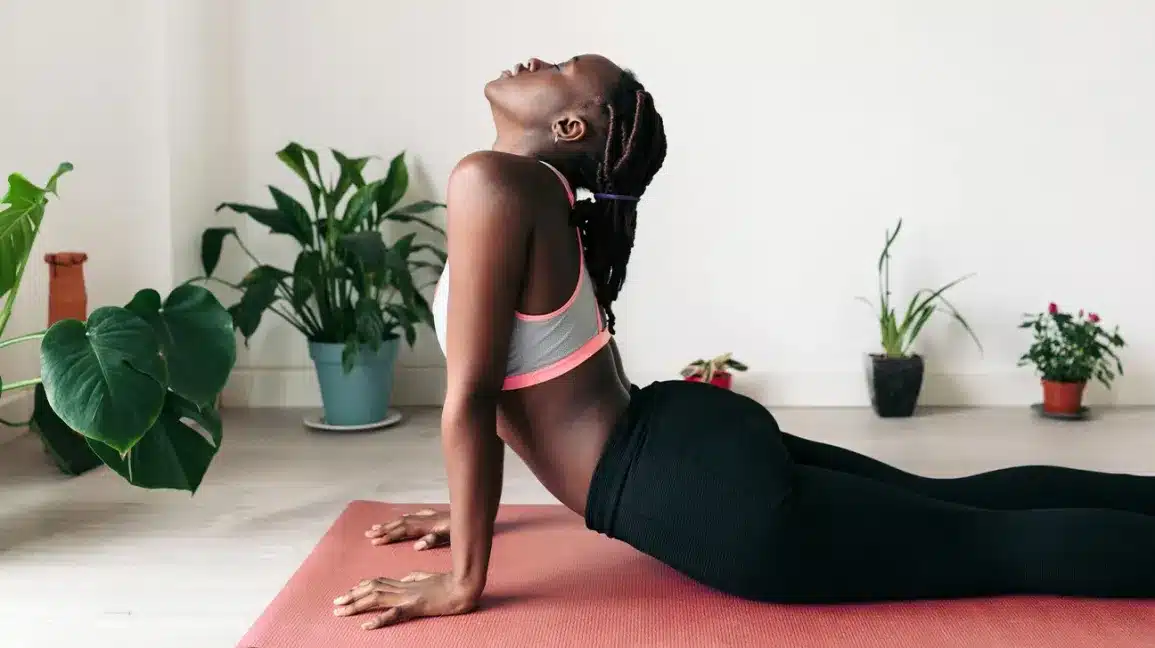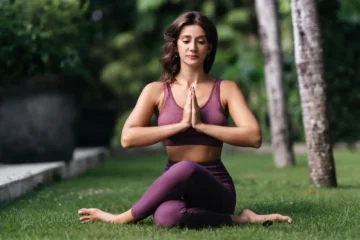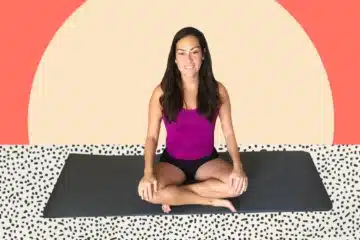Flow yoga, often referred to as Vinyasa yoga, is a dynamic and fluid practice that seamlessly synchronizes movement with breath. While it’s known for its ability to build strength and improve cardiovascular health, flow yoga is also a powerful tool for enhancing flexibility.
By moving through sequences of poses with intention and mindfulness, practitioners can gradually increase their range of motion and release tension stored in the body.
In this article, we’ll explore how flow yoga can be specifically tailored to boost flexibility, allowing practitioners to unlock new levels of physical and mental freedom.
Understanding Flexibility
Flexibility is the ability of the muscles and connective tissues to lengthen and stretch, allowing for a greater range of motion around the joints. It is a key component of overall fitness and plays a crucial role in preventing injuries, improving posture, and enhancing athletic performance.
While some degree of flexibility is determined by genetics, it is also highly trainable through consistent practice and proper technique.
The Role of Flow Yoga
Flow yoga sequences are designed to systematically warm up the body, lubricate the joints, and gradually increase flexibility.
Unlike static stretching, which involves holding poses for extended periods, flow yoga encourages continuous movement, which helps to improve circulation and stimulate the muscles more effectively.
Additionally, the synchronized breathing patterns used in flow yoga promote relaxation and reduce resistance, allowing practitioners to move deeper into stretches with greater ease.
Key Principles for Enhancing Flexibility in Flow Yoga:
- Breath Awareness: Paying attention to the breath is essential in flow yoga. Deep, rhythmic breathing helps to oxygenate the muscles, calm the mind, and facilitate the release of tension. By syncing breath with movement, practitioners can enhance their flexibility and cultivate a sense of mindfulness throughout their practice.
- Dynamic Sequencing: Flow yoga sequences are typically structured to flow seamlessly from one pose to the next, creating a dynamic and fluid experience. Incorporating poses that target specific muscle groups, such as hip openers, backbends, and forward folds, can help to stretch and lengthen tight areas of the body while promoting overall flexibility.
- Modifications and Props: Flexibility varies from person to person, and it’s important to honor your body’s unique needs and limitations. Flow yoga offers plenty of opportunities for modification, allowing practitioners to adapt poses to suit their level of flexibility. Props such as blocks, straps, and bolsters can also be used to support and deepen stretches, making them more accessible and effective.
- Mindful Awareness: Flexibility is not just about physical movement; it also involves mental flexibility and openness. Practicing mindfulness and cultivating a non-judgmental attitude towards your body can help you explore your edges and break through limiting beliefs about your flexibility. By approaching your practice with curiosity and compassion, you can create space for growth and transformation on and off the mat.
Conclusion
Flow yoga is a dynamic and versatile practice that offers numerous benefits for both the body and mind. By incorporating mindful movement, breath awareness, and dynamic sequencing, practitioners can harness the power of flow yoga to enhance their flexibility and unlock new levels of physical and mental freedom.
Whether you’re a seasoned yogi or a beginner, integrating flow yoga into your routine can help you stretch your limits and embrace the full potential of your practice. So roll out your mat, breathe deeply, and flow into greater flexibility with every movement.



